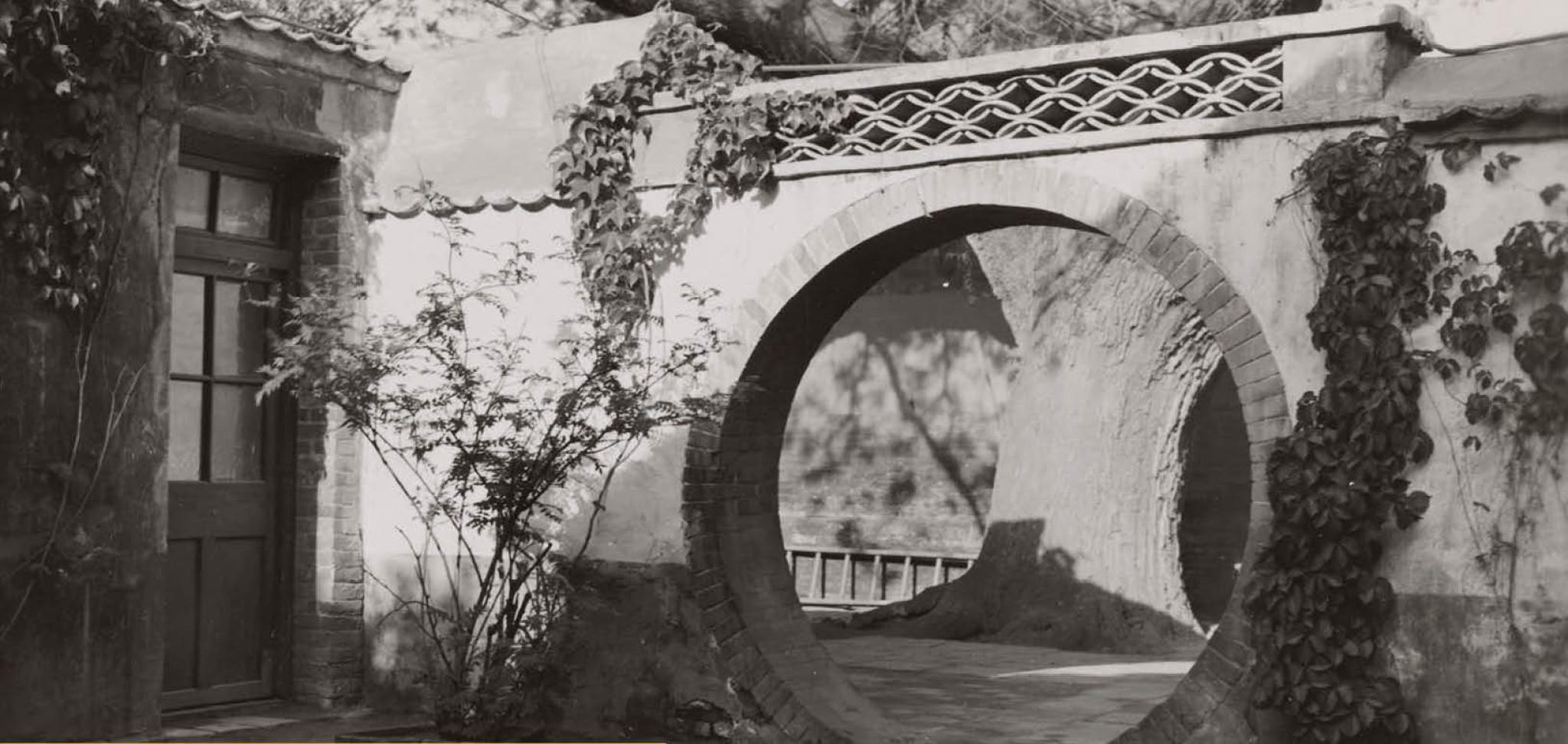The Pacific War and its aftermath radically transformed Australian perceptions of what was then called 'the Near North' (Asia). Many recognised that in the postwar world Australia’s strategic interests and economic fortunes called for a new understanding of Asia and the Pacific. China loomed large in these calculations. Australia’s first diplomatic representative to the Republic of China, Frederic Eggleston, was posted to the wartime capital of Chungking in 1941. In his despatches to Canberra he urged the government to recognise the importance of Asia and the Pacific in preparation for China’s emergence as a major power following the Pacific War. When Eggleston joined the Interim Council of The Australian National University (ANU) in 1946, he promoted the study of China as a key feature of the new School of Pacific Studies — today’s College of Asia and the Pacific.
In 1947, Eggleston wrote to Australia’s second minister to China, the noted economist Douglas Copland, to see if he would be interested in becoming the inaugural Vice-Chancellor of the new university. Copland accepted the position and, in 1948, he returned from a China embroiled in civil war to oversee the founding of ANU. It was on Copland's recommendation that the British writer and scholar CP FitzGerald — whom he had known in postwar Nanking — was appointed as the university’s first China scholar. With Copland’s support, FitzGerald travelled to Hong Kong and acquired the library of the renowned writer and Buddhist scholar, Hsu Ti-shan 許地山. These books form the core of the Menzies Library Chinese collection, which has played a pivotal role in the scholarly study of China in this country.
Based on extensive research and featuring rare archival documents, photographs and films _China & ANU_ introduces the diplomats, adventurers and scholars who contributed to Australia's engagement with China, the 'Chinese Commonwealth' and our region. In particular, the exhibition focuses on the interconnection between Australia’s first diplomat-scholars in China and Chinese Studies at the newly established Australian National University.
Special Events
Thursday, 23 April
Building Tour & Chinese Tea
5:15 – 5:45pm, The Bamboo Hall
Join us for a tour of the award-winning China in the World Building, designed by Beijing based architect Gerald Szeto. A selection of Chinese tea will also be served.
Public Lecture: China & ANU – Diplomats, Adventurers, Scholars
6:00 – 7:00pm, The Auditorium
As part of the 2015 Canberra and Region Heritage Festival, titled Conflict and Compassion to mark this ANZAC centenary year, CIW research scholar William Sima will discuss the connection between Australia’s first diplomatic representatives to the Republic of China and the establishment of Chinese Studies at The Australian National University.
Saturday, 25 July – Sunday, 26 July
Saturday, 12 September – Sunday, 13 September
Open Weekends and Guided Tours
In addition to our regular weekday opening hours, China & ANU will also be open on two weekends, in July and September. Curious to hear more about the archival materials in the exhibition? Join the research scholar William Simaand exhibition curator and CIW Postdoctoral Fellow Olivier Krischer from 2:00 – 2:30 pm as they introduce some of the rare documents, photographs and films on loan from institutions including the ANU Archives, the National Library of Australia, the National Archives of Australia and the National Film & Sound Archives.
Image credit: A Moon Gate connecting two courtyards of the house at Ta Hsueh Chia Tao 大學夾道(University Lane), near the Forbidden City in Beiping (Peking), where Barry Hall, Third Secretary of the Australian Legation, lived when he was studying Chinese in the late 1940s.
